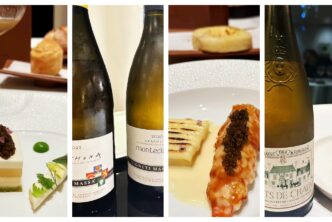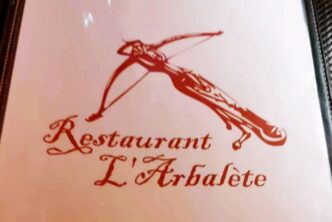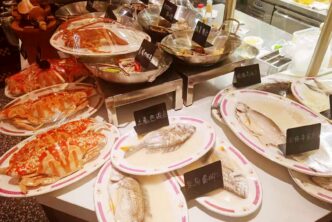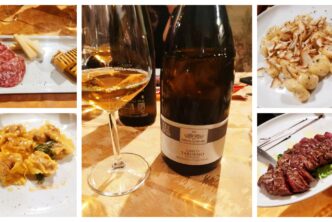Cellar To Table
20 Donghu Road, Xuhui,
Shanghai, China
Tel. +86 2164166676
The dishes
Homemade pane e latte
My grandmother’s recipe: meatballs
Grilled Shandong Red devil prawns
Tagliata di Manzo
The wines
Gerard Duplessis 2020 Chablis Premier Cru Montee de Tonnerre 93
Lodovico Antinori 2020 Il Nicchio Toscana Rosso 96
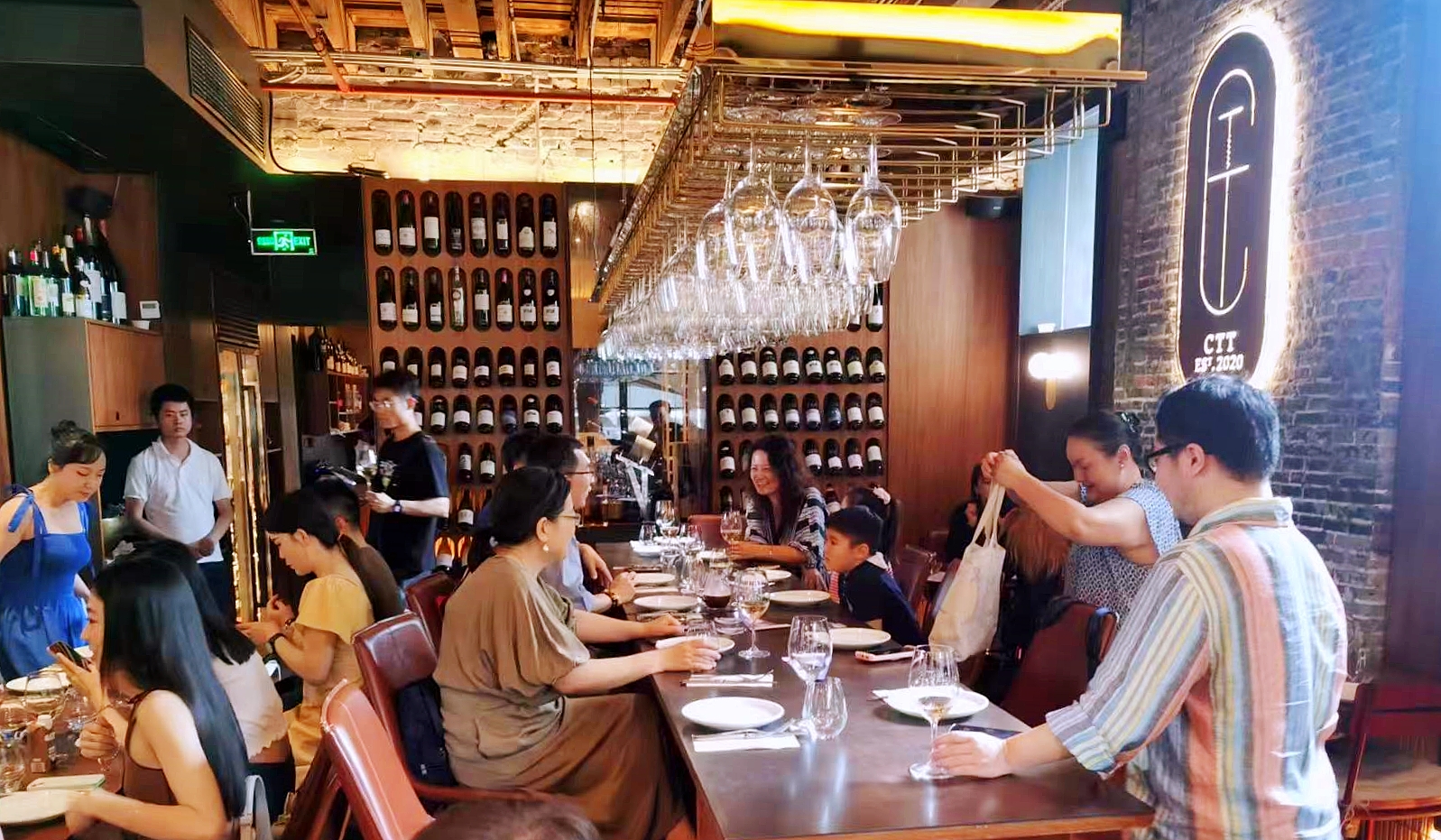
Cellar To Table (CTT) is one of my three favourite bistros in Shanghai, but I imagine that’s probably outside of the scope of this article. Fact is, I’m in good company, for it seems to be the favourite, or one of the favourite bistros of half the city, given how packed it is on most nights.
Located in part of what is a really beautiful heritage villa on bustling, super-popular Donghu road in China’s most cosmopolitan city, CTT took over the space that previously used to house Elefante of well-known local chef Willy Trullas Moreno, sharing it with another of the city’s three best bistros, Blaz. Blaz and CTT are situated side by side; but while the former has more indoor seating and a smaller outdoor section, it’s the contrary with the latter: CTT has a smaller inside dining area and a much bigger outside seating zone that is extremely comfortable in nice weather. (In colder weather or winter, a heated dome is set up for maximum comfort; there is also a roughly twelve seating private dining area on the restaurant’s first floor, for those who to dine away from curious, wandering eyes.)
In any case, CTT is a great date place, as its brick and wood interior makes for a sophisticated, worldly and charmingly rustic, even romantic setting. But it’s not just a great place for couples: small groups, will find it to their liking too. CTT really is the perfect place to come unwind while tucking into some really good food and wine. And I should add fairly priced, which never hurts, and that is most likely one of the keys explaining CTT’s success. There’s only one caveat: while CTT is generally a relaxed, intimate spot, it can actually get quite noisy due to its popularity, so you have to make sure that you pop by at the right time so that the “intimate” I was writing about manages to materialize (in other words, call ahead and ask whether there are any big groups booked for the evening: while those are usually seated outside, be aware that at the first sign of rain they all get whisked inside, and so then, good-bye intimacy!).

Philip Huser opened Cellar To Table in November 2020, after having previously owned and successfully run NAPA Bar & Kitchen (a 2007 opening and a wildly popular Shanghai dining spot, it had to close in 2020 due to structural building issues but Huser plans to bring it back at some point). Clearly, the wine and food market was very different in Shanghai back in 2007, as at that time it was very hard to find a casual place where you could drink and eat well. “It was really a case of either or” recalls Huser. “And so, I saw an opportunity. I started NAPA. It began as a wine-themed causal bistro, but while that type of dining spot is all the rage nowadays, that concept was too early for its time twenty years ago”. And so Huser was forced into kicking things up a notch and made the move into fine dining. It was really inevitable at a time in which western cuisine meant fine wines, truffles, lobster and caviar; or at the other end of the spectrum, burger and fries. Back then, there was no room for the “in between”. Huser concludes: “So when I got the chance to open CTT, I went back to my original model; let’s say I finally got back to it about 13 years later than I had originally planned, but it has been working well. I guess its time had come.”
The concept behind CTT is exactly what the place’s name implies. Huser and his team go sourcing wines directly from wineries all over the world (though there is an obvious preference for France), import the wines directly and then pair them with high end foodstuffs and dishes. Huser is adamant that to get the full experience fine wine and food have to offer, they need to be paired with real cuisine, dishes, and not just snacks, charcuterie and cheeses. In 2020, when CTT opened, it did so with what was said to be a mostly French menu (if anything, southern French) but with a very strong (very strong) Latino-Mediterranean flair. Influences from the cuisines of Spanish-speaking countries were especially strongest right from the get-go (think piquillo, escabeche, sardines, escalivada, stuffed zucchini/squash blossoms and the likes). No surprise this, given that the head chef was Chilean-born Francisco Araya (his wife Fernanda took care of the breads/pastries/desserts). He was followed at the beginning of 2024 (this year) at the kitchen helm’s by Francesco Bonvini, the former chef of the New Wave bistrot by Da Vittorio where he had garnered one Michelin star. Huser likes Bonvini’s new, more Italian-influenced menu in that it is full of bold precise flavours, all that cry out for wine. In fact, when it comes to food and wine, Huser has no favourites; he likes diversity and also loves to explore. In the end, he says, “…it all depends on the occasion”. But for Huser, balance and drinkability are the keys; and balance is something that for Huser is important in food too, not just wine. This helps you understand the wine select, so the winelist and where Huser’s preferences in win run too.
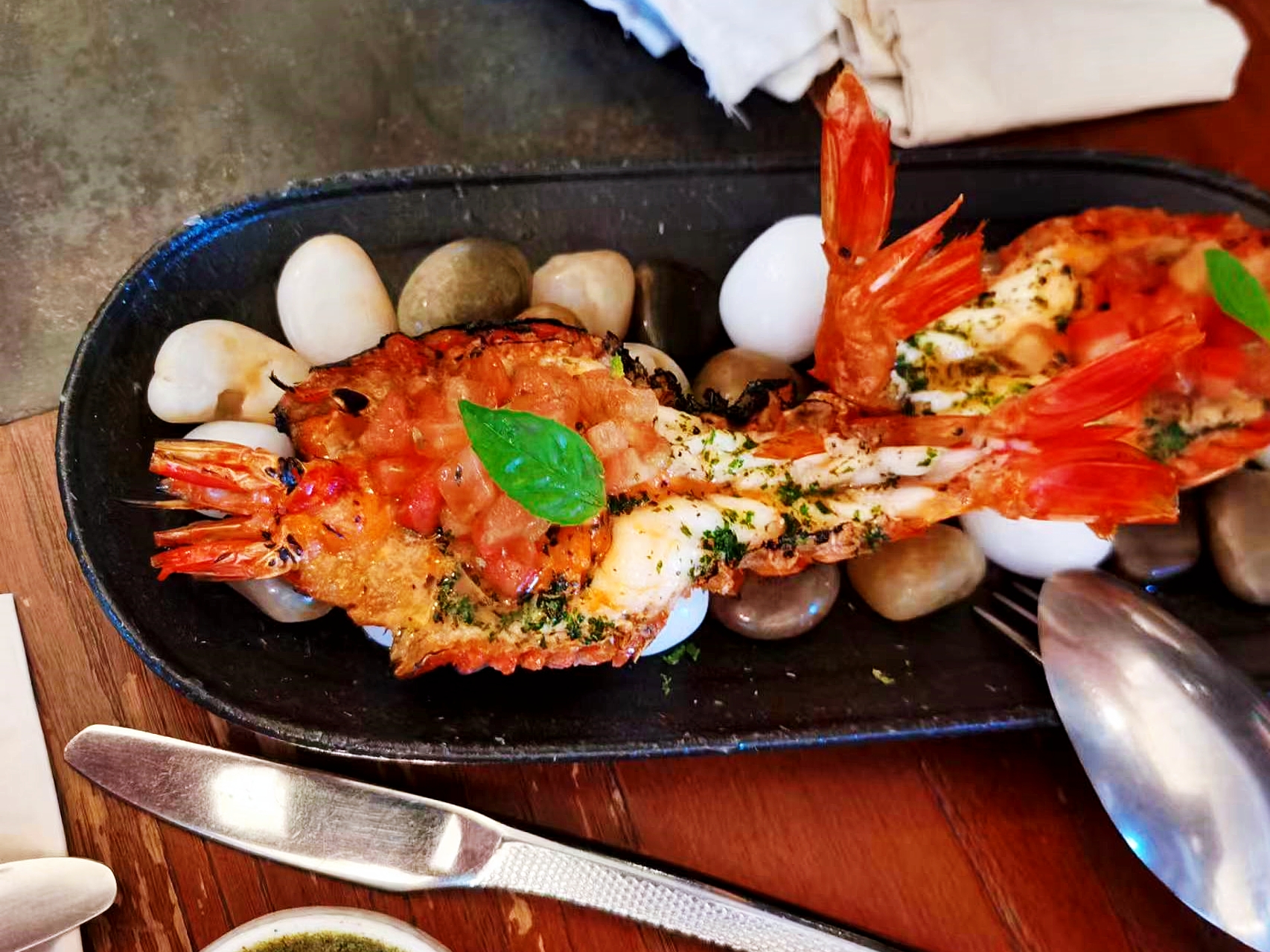
Wine is an essential part of CTT, and people who flock to the restaurant, do so with a purpose. Roughly 95 of all the tables on any given night will have ordered wine, something Huser is understandably proud of. Averaging one bottle per guest (not per table) is not that uncommon at CTT, and that’s quite the statistic, The wine list has about 450 selections, ranging from good, low-priced wines ($9) to very high-end stuff (Château Rayas, anyone?) so you know the list harbors something for every palate, and wallet. An added bonus for Huser is that he gets to showcase the wines he imports; but in so doing, he also gets direct feedback from his customers, allowing him to further fine tune his selections Wine pricing is key: CTT attracts many wine lovers, but by definition, these are also people that are very aware of wine prices, so prices are kept reasonable, and his patrons appreciate this to no end. Ultimately, when wines don’t cost an arm and a leg, people tend to order more bottles and drink more, turning CTT not just into a great dining venue but also a wonderful promotional tool for wine culture & enjoyment in Shanghai.
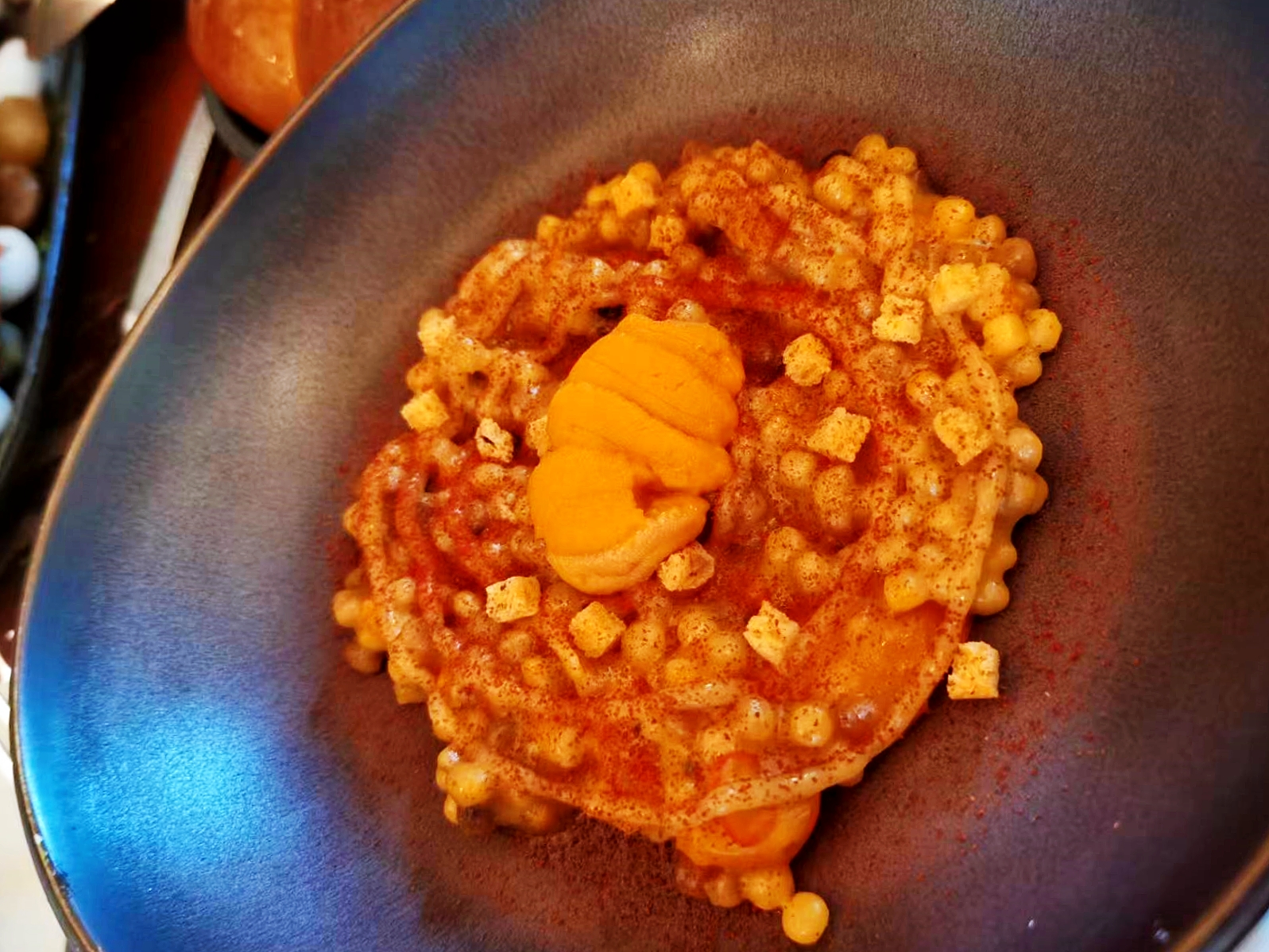
Which is all fine and dandy, but it would all be meaningless if the food, wine, service and other restaurant important selling points weren’t up to snuff. The homemade pane e latte is nicely fluffy and delicious; pairing it with the anchovy butter is a great idea, such that there is a nice juxtaposition and contrast in flavour perceptions between the sweet bread and the salty butter. “My grandmother’s recipe: meatballs”, is by now a CTT classic: comfort food if there ever was one, its rich tomato sauce and the flavourful meatballs make for a regenerative pitstop come lunch or dinner. Trust me: you will find yourself wishing you had ordered a second serving. Grilling prawns is never as easy as it seems or sounds; and though every chef out there does so from Seattle to Tokio, truth is that more often than not the prawns are totally overcooked in their dried stringy reality. Not so at CTT, where Bonvini is careful not to overcook/grill his grilled Shandong red devil prawns; knowing well what he risks, the addition of a chopped tomato salad adds a little bit of juice and liquid to a dish that often needs just that to be fully palatable. Last but not least, the tagliata di manzo features an excellent, nicely marbled steak that slides down effortlessly, with a very nice fatty texture but without overdoing it. Frankly, not everybody likes to eat, or even the taste of, slabs of beef that look wholly white. It’s called beef for a reason: if I wanted to eat pure fat or so, I’d just get myself a slab of good lard.
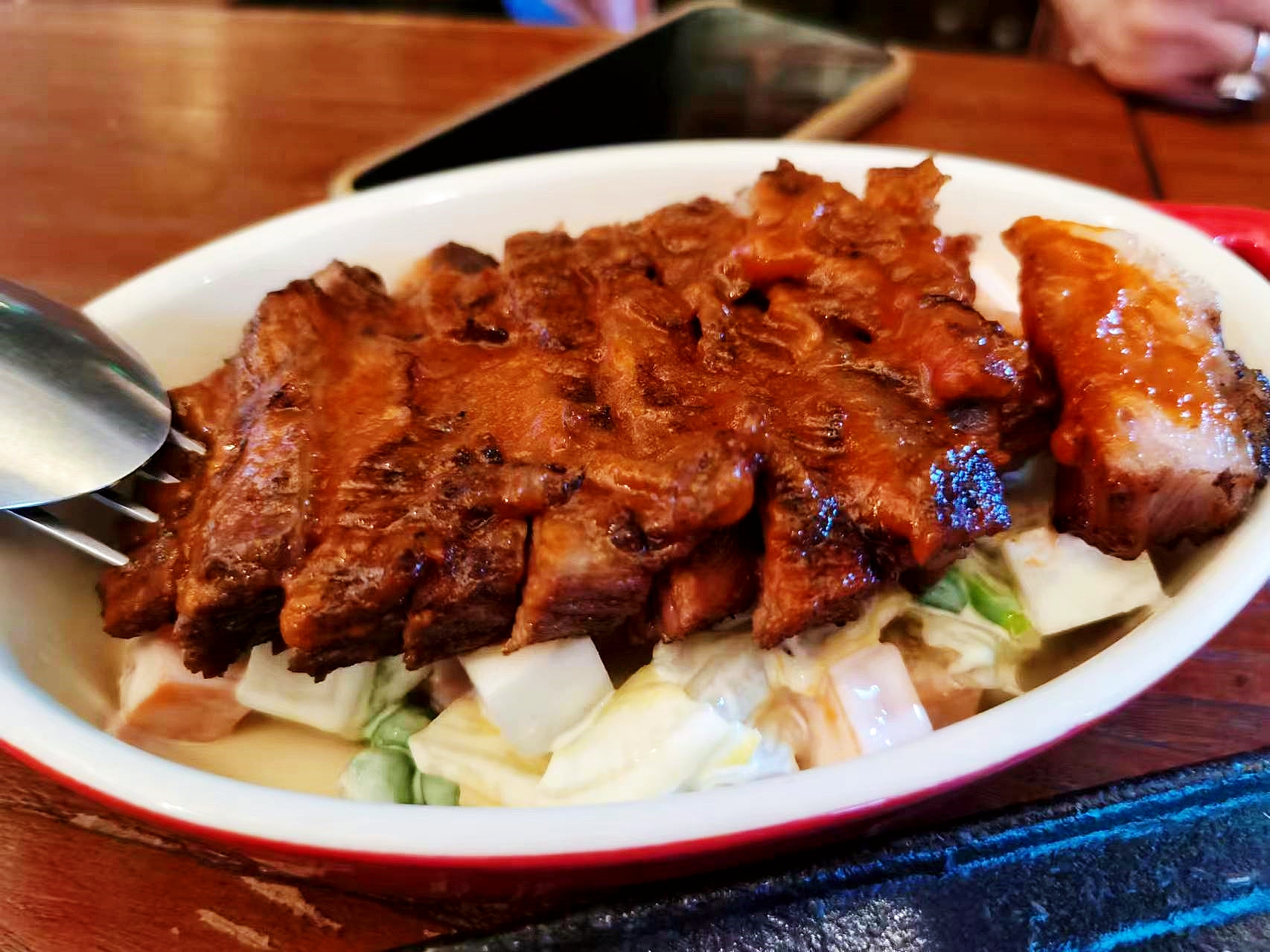
The wines were excellent too. CTT boasts an outstanding selection of French white wines; I find the Chablis offerings are especially enticing. The Gerard Duplessis 2020 Chablis Premier Cru Montee de Tonnerre (curiously, the wine’s label is devoid of accents) showcases why many believe that this Chablis terroir should really be a grand cru (it helps that Montée de Tonnerre lies on the same side of the river as the grand cru climats, differently from other premier crus like Montmains, for example). But it’s not just geography that does the trick: the deep, pure, lemony mineral sheen of this gorgeous wine speaks volumes and has you thinking “grand cru” sip after sip. Corkage is in effect at CTT; but if you buy a bottle, the staff won’t interject if you wish to open one of your own. Courtesy of Elisabeth Finkbeiner, export manager for Lodoivico Antinori, we tried this starry producer’s newest gem, the Lodovico Antinori 2020 Il Nicchio Toscana Rosso. Make no mistake about it, this is a drop-dead gorgeous, utterly pure, 100% Cabernet Franc wine made with mostly Bolgheri grapes culled from 30-50 years old vines. It highlights the talent and genius of this member of the Antinori family, not by chance the exact same guy who founded Ornellaia and Masseto back in the 1980s. Lodovico Antinori (don’t confuse him and his wines with those of the bigger Antinoeri firm) then moved on and his new projects on the Tuscan coast, Tenuta di Biserno and this one are once again hitting all the right buttons. This Il Nicchio is just a remarkably impressive Cabernet Franc wine that immediately vaults, already in its first vintage, to the upper echelons of Italy’s and of world’s best Cabernet Franc wines, of which there aren’t that many monovariety versions. Redolent of decadently ripe strawberries, raspberry nectar, coffee, noble cocoa, violet and sweet spices, multilayered and smooth, it’s just a knockout. As they say in Italy, se il buongiorno si vede dal mattino…
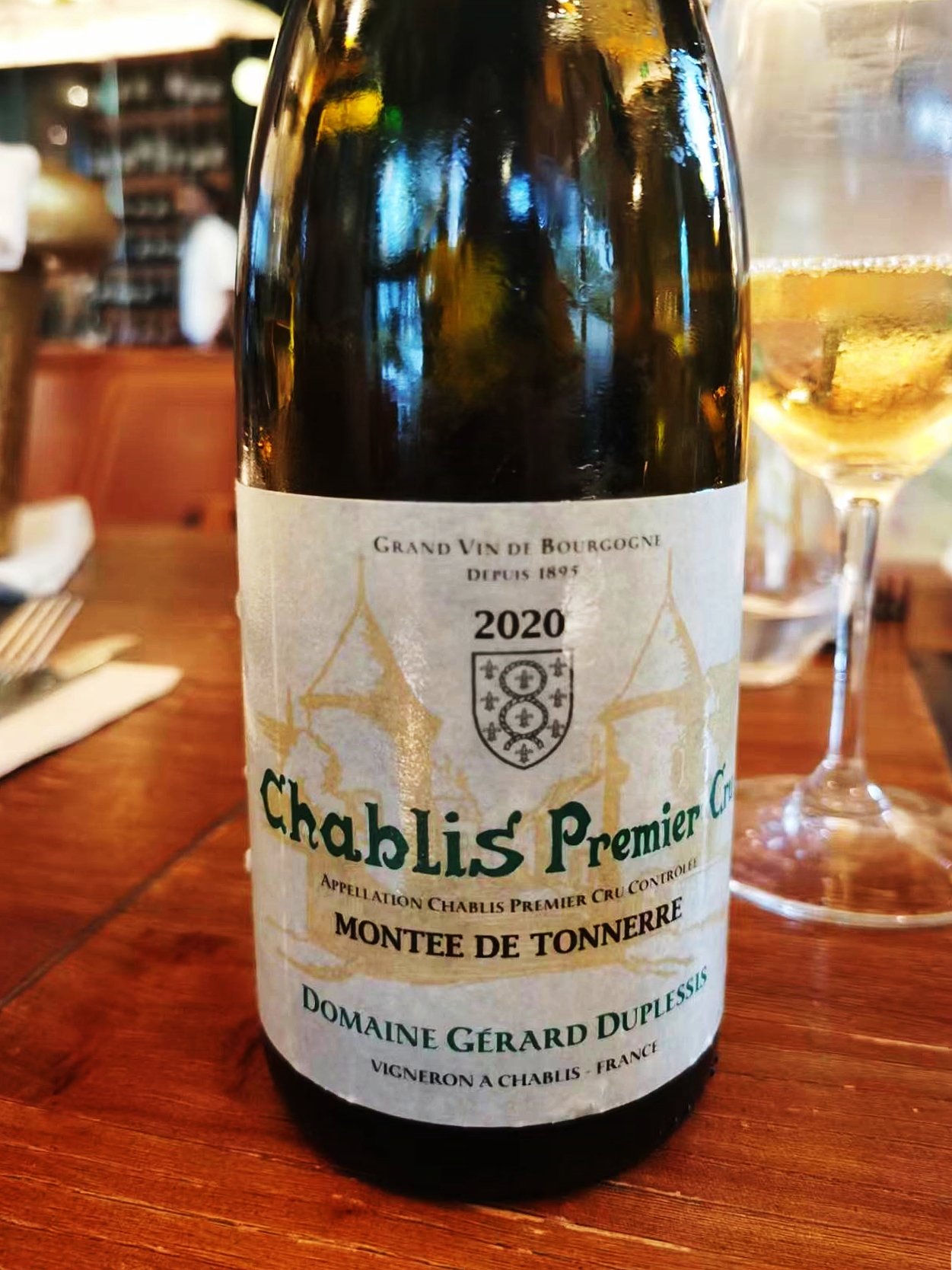


 中文
中文
